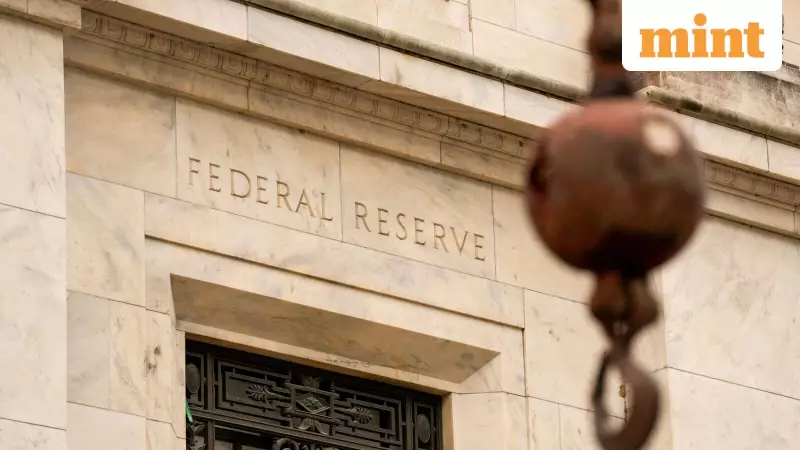
Global bond markets are experiencing their most impressive performance in five years, with the Bloomberg U.S. Aggregate Bond Index delivering approximately 6.7% returns in 2025, positioning 2025 as the strongest year for bonds since the exceptional returns of 2020.
What's Driving the Bond Market Rally?
The remarkable recovery follows a historically challenging period in 2022, when the Federal Reserve's aggressive inflation-fighting campaign severely impacted bond values. Since then, bonds have steadily regained ground, with the Bloomberg Agg returning 5.5% in 2023, though progress nearly stalled in 2024.
Multiple factors have aligned to create ideal conditions for bond investors this year. The Federal Reserve has implemented interest rate cuts, while simultaneously, economic indicators show slowing job growth and consumer spending. This combination maintains expectations for additional rate reductions without signaling an imminent recession that could endanger corporate financial health.
Inflationary pressures have continued to moderate, despite initial concerns that President Trump's tariff policies might drive consumer prices higher. The bond market's performance has been particularly noteworthy because, unlike recent years, the index's returns have significantly outperformed short-term Treasury bills, offering investors a safe alternative to stocks with superior returns.
Investor Sentiment and Market Dynamics
Cal Spranger, a fixed-income manager at Badgley Phelps Wealth Managers, captured the shifting sentiment among bond professionals: "It's certainly been more fun to go to client meetings this year as a bond manager. A few years ago, I wasn't getting invited to any."
Although yields on both government and corporate bonds have gradually declined, they remain substantially higher than the minimal levels seen throughout much of the previous decade. This has created strong incentive for investors to lock in these attractive rates while they remain available.
The bond market has faced some turbulence during 2025, including brief but sharp selloffs in U.S. Treasurys that raised concerns about whether the market could withstand pressure from substantial U.S. government borrowing. The budget deficit reached $1.8 trillion for the 2025 fiscal year, virtually unchanged from 2024 levels.
Government Influence and Future Outlook
The Trump administration has maintained close watch over bond market developments, occasionally intervening during volatile periods. Notably, the president paused the majority of his proposed reciprocal tariffs in April, citing concerns about "yippy" bond investors. Treasury Secretary Scott Bessent has explicitly stated that maintaining low yields on longer-term Treasurys represents an administration priority, recognizing their role as benchmarks for borrowing costs across various sectors including mortgages and student loans.
Despite the current positive trend, several potential threats could disrupt the bond rally. Uncertainty surrounds the path for future interest-rate cuts, with Federal Reserve officials expressing divergent views. Federal Reserve Chair Jerome Powell delivered unusually direct comments in October, noting the Fed remains "far" from decided on lowering rates in December.
Market expectations have adjusted accordingly, with futures markets on Friday pricing in approximately 46% chance of a December rate cut, according to CME Group data, down from about 67% just one week earlier.
Some analysts express concern that the U.S. credit market may be overheating, with historically high valuations for corporate debt potentially masking market excesses and inadequately compensating investors for assumed risks. The additional yield, or spread, that investors receive for holding investment-grade corporate bonds over Treasurys dropped to 0.72 percentage points in September, the lowest level since the late 1990s, though it has since modestly increased to 0.83 percentage points.
Mike Goosay, Chief Investment Officer and Global Head of Fixed Income at Principal Asset Management, highlighted longer-term concerns: "It certainly will be a problem at some point. You can only borrow so much before investors start to move away from you."
Nevertheless, many market participants anticipate the positive conditions will continue, believing interest rates have further room to decline despite recent uncertainties. Matt Brill, Senior Portfolio Manager and Head of North American Investment-Grade Credit at Invesco, noted his team favors short-term bonds, anticipating that upcoming economic data will encourage the Fed to continue its rate-cutting cycle.
"You're not getting a lot of layoffs, but you're also not getting jobs being created," Brill observed. "I think the Fed is looking at that, and it's concerning to them."





